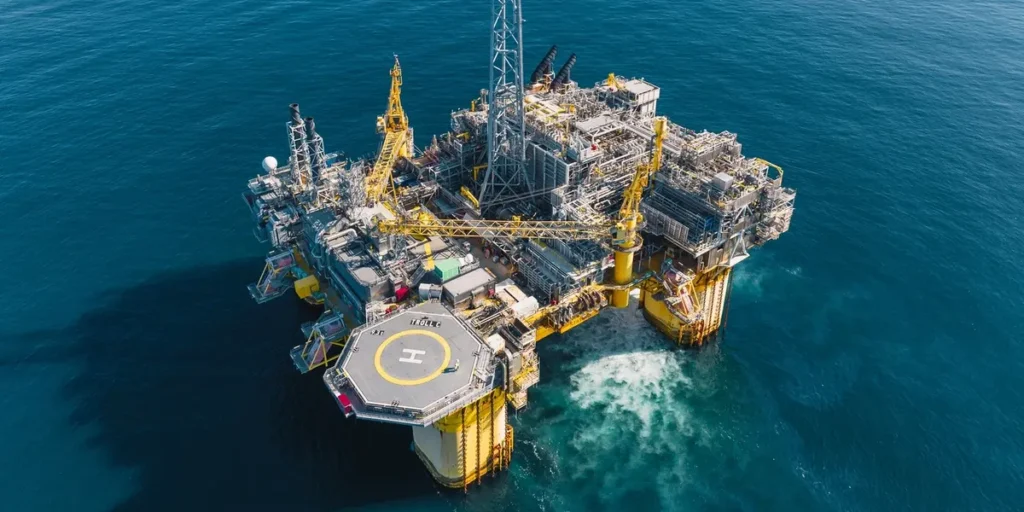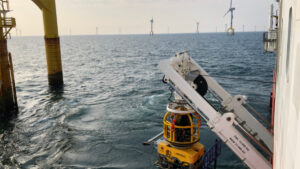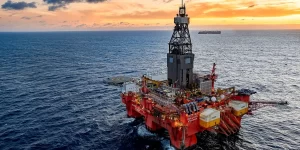
Troll B and C became partly powered from shore. This reduces annual emissions from the Norwegian continental shelf (NCS) by 250,000 tonnes of CO2.
This is in line with the plan for development and operation (PDO) for Troll West electrification (TWEL), which was approved by Norwegian authorities in 2021.
“Troll B and C electrification marks an important milestone in the efforts to halve the emissions from our operations by 2030. The project reduces CO2 emissions by the equivalent of those from 125,000 fossil-fuelled cars,”
says Geir Tungesvik, executive vice president for Projects, Drilling & Procurement.
The power to Troll B and C comes from Kollsnes, northwest of Bergen. From here it runs through a new electro building shared by the Troll and Oseberg fields out to Troll B in a 132 kV power cable, and from there to Troll C.
The project has installed new modules on Troll B and C that adjust the voltage to the systems on board. The processing systems and other energy-intensive systems on both platforms are now driven by electricity, except for the large export compressors, which are still gas-powered.
The CO2 reduction is equivalent to about half a percent of Norway’s total annual emissions. NOx emissions from the field are also reduced by around 850 tonnes per year. Gas burned in turbines to provide energy on the platforms can now be exported and more efficiently used in Europe.
The TWEL project is continuing to fully electrify the Troll C platform so that all power needs are met with electricity from land. The measure will cut annual emissions by another 200,000 tonnes of CO2. Overall, this will help cut almost four percent of the total emissions from oil and gas production, around one percent of total emissions in Norway.
Cover Image Courtesy of Equinor
Photo: The Troll C platform in the North Sea



